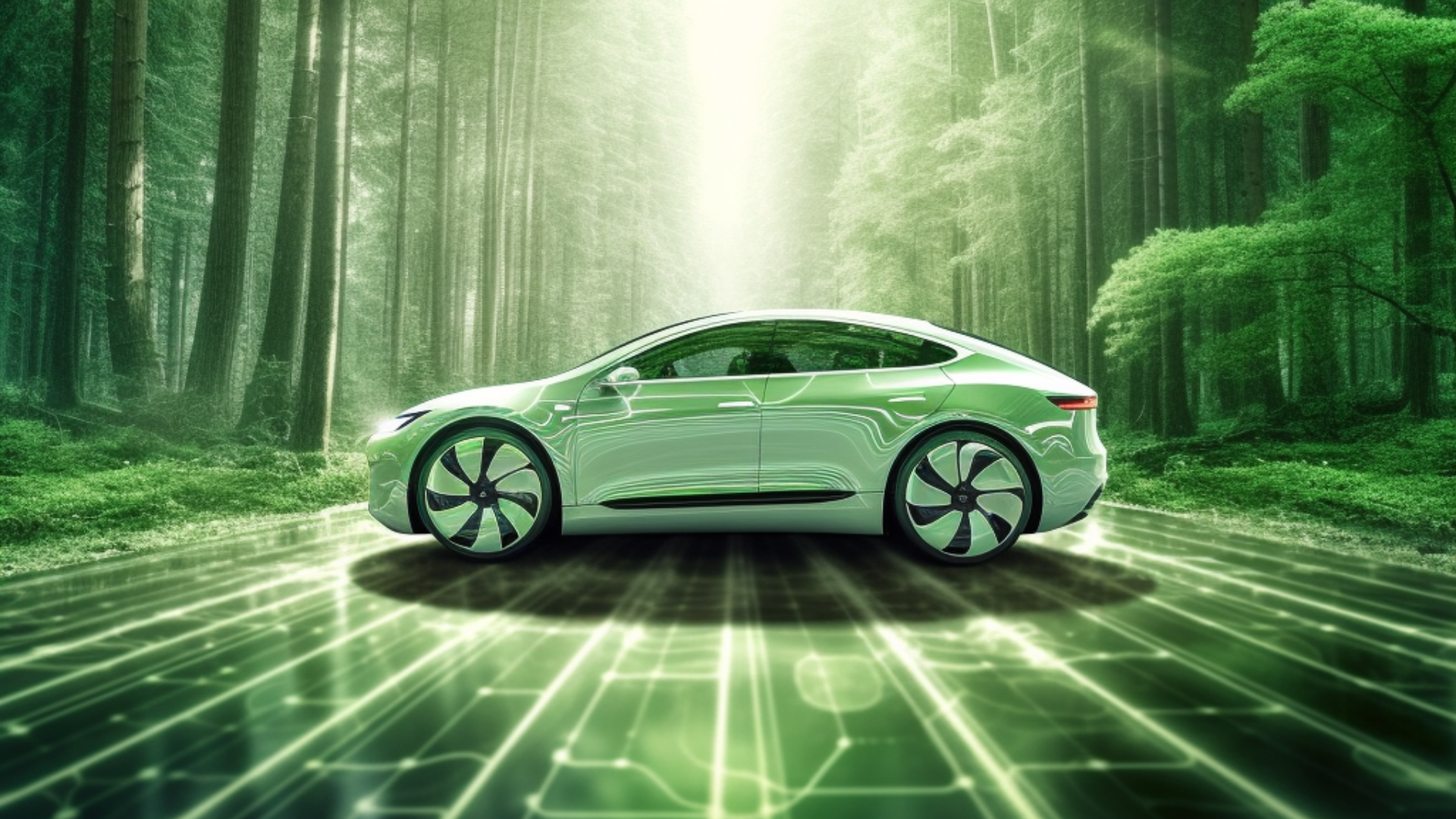The Environmental Impact of Fuel-Based Transportation
Fuel-based transportation has long been a cornerstone of modern mobility; however, it carries significant environmental consequences that are increasingly concerning. A primary issue is the emission of greenhouse gases (GHGs) from internal combustion engines, which account for a substantial portion of global carbon dioxide emissions. In fact, according to the International Energy Agency (IEA), transportation emitted over 7 gigatons of CO2 worldwide in 2019, representing approximately 24% of global energy-related emissions. These GHGs contribute to global warming, exacerbating climate change and leading to severe weather patterns, rising sea levels, and adverse effects on biodiversity.
Moreover, fuel-based vehicles are major contributors to air pollution, releasing harmful particulate matter and nitrogen oxides that significantly affect public health. The World Health Organization (WHO) estimates that air pollution, primarily from vehicle emissions, causes around 4.2 million premature deaths annually. The pollutants from fuel combustion can lead to respiratory diseases, cardiovascular illnesses, and aggravated health conditions, especially among vulnerable populations such as children and the elderly.
Beyond atmospheric pollution, the ecological consequences of oil extraction and fuel production cannot be overlooked. The process of drilling, transporting, and refining oil disrupts local ecosystems and waterways, leading to biodiversity loss and habitat degradation. Oil spills, which pose catastrophic risks to marine life and coastal environments, further exacerbate the detrimental effects associated with fuel dependency.
In contrast, transitioning to electric transport offers a viable solution to mitigate these environmental impacts. Electric vehicles (EVs) produce zero tailpipe emissions, hence they contribute significantly less to urban air pollution. Additionally, as global energy sources shift toward renewables, the carbon footprint associated with electric transport can be drastically reduced, promoting cleaner and healthier environments for future generations.
Technological Advancements in Electric Vehicles
The constant evolution of electric vehicle (EV) technology plays a pivotal role in shaping the future of transportation, contrasting sharply with traditional fuel-based vehicles. Significant strides in battery technology have propelled the viability of EVs, enhancing energy density, which allows for longer driving ranges on a single charge. Modern lithium-ion batteries, for example, have improved their energy capacity considerably, reducing range anxiety, which has been a primary concern for potential EV buyers.
Charging speed is another crucial factor that has seen remarkable progress. Fast-charging stations have been developed, capable of providing substantial charge levels within short timeframes, thus making electric vehicles more convenient for everyday consumers. Some innovative technologies, such as ultra-fast charging, can now deliver 80% charge in as little as 30 minutes, bridging the gap between electric and conventional fuel refilling times.
Moreover, the expansion of charging infrastructure is critical to the growing adoption of electric vehicles. Governments, as well as private companies, are increasingly investing in extensive networks of charging stations, ensuring that EV users have easy access to charging facilities. This initiative not only alleviates concerns related to charging convenience but also cultivates a supportive environment for electric vehicle ownership.
In addition to advancements in battery and charging technology, the design and performance of electric vehicles have significantly improved. Modern EVs are equipped with cutting-edge features and advanced technologies that enhance driver experience, such as regenerative braking and smart connectivity options. Enhanced aerodynamics and lightweight materials also contribute to improved performance, making electric vehicles not only a sustainable choice but also an appealing alternative for consumers seeking efficiency and innovation. Consequently, these technological advancements are fostering greater consumer acceptance and driving sales growth of electric vehicles, solidifying their position in the automotive industry.
Economic Considerations: Costs and Benefits of Electric Transport
The transition from fuel-powered vehicles to electric transport has significant economic implications that merit thorough examination. First and foremost, the life cycle costs associated with electric vehicles (EVs) reveal compelling benefits over traditional gasoline or diesel vehicles. The initial purchase price of EVs may be higher; however, when factoring in fuel and maintenance expenses, the financial advantage becomes clear. Electricity, as a fuel source, typically costs less than gasoline, leading to substantial savings over time. Furthermore, electric vehicles have fewer moving parts than their fossil-fuel counterparts, which significantly reduces maintenance and repair costs.
Various government incentives have also emerged to promote the adoption of electric transport. Many countries offer tax credits, rebates, and grants for both consumers and manufacturers of electric vehicles. Such incentives not only alleviate the financial burden of purchasing an electric vehicle but also stimulate demand in the market, encouraging businesses to innovate and produce more efficient models. Ultimately, these government initiatives aid in grassroots efforts towards a greener economy, while spurring economic growth through job creation in the electrical and green energy sectors.
As municipalities increasingly embrace electric transport, the long-term savings extend beyond individual consumers. Reduced operating costs for public transportation systems utilizing electric buses can result in considerable savings in taxpayer dollars. Furthermore, the lowered emissions associated with electric transport contribute to improved public health and environmental sustainability, factors that will yield additional economic benefits by reducing healthcare costs related to air pollution.
In conclusion, the economic analysis of transitioning to electric transport highlights substantial cost savings and a myriad of associated benefits. By investing in this technology, we can foster a more sustainable, cost-effective, and economically viable future for transportation.
The Future of Infrastructure and Urban Planning
The transition from fuel-based transportation to electric mobility necessitates significant alterations in our existing infrastructure and urban planning paradigms. Central to this transformation is the development of smart grids, which facilitate the efficient distribution of electricity, particularly in urban environments. Smart grids enhance the capability of cities to manage increased electric vehicle (EV) charging demands while integrating renewable energy sources like solar and wind power. By investing in these technologies, local governments can bolster their infrastructure to better support a burgeoning fleet of electric vehicles.
Moreover, the integration of renewable energy into the transport ecosystem is critical. Cities must prioritize investments in solar energy farms and wind turbines to create a sustainable energy supply that can meet the charging needs of electric transport. This integration promotes energy independence and reduces reliance on fossil fuels, thereby contributing to lower carbon emissions. Furthermore, innovative technologies, such as vehicle-to-grid (V2G) solutions, can allow electric vehicles to serve as energy reservoirs that support the grid during peak demand times, fostering a circular energy economy.
In addition to technological advancements, sustainable urban design must prioritize electric vehicles, public transport, and active transportation methods such as cycling and walking. Designing compact, transit-oriented developments encourages the use of public transport and promotes an active lifestyle among residents. This not only reduces congestion on the roads but also contributes to improved public health and reduced environmental impact.
Policy changes are equally crucial to facilitate this shift towards electric transport infrastructure. Governments at various levels should implement incentives for EV adoption, support the expansion of charging networks, and set regulatory frameworks that favor sustainable practices. Public awareness and education also play a vital role in encouraging individuals and organizations to embrace electric transport solutions. By informing citizens about the environmental and economic benefits of electric mobility, urban areas can foster a supportive atmosphere for the transition to a more sustainable transportation future.


No responses yet